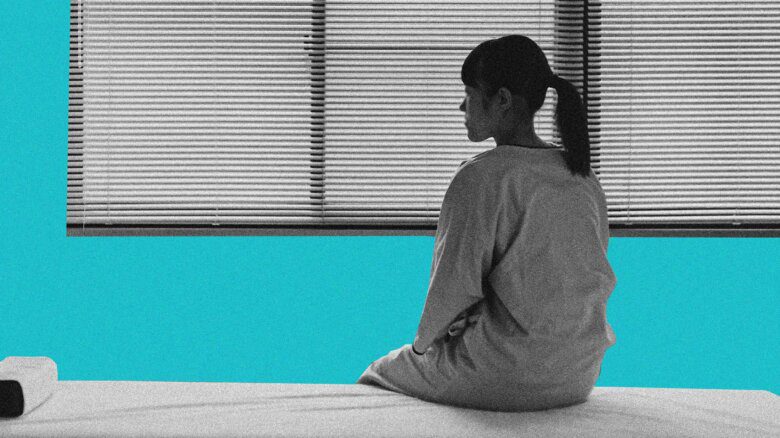Against the backdrop of the arrest of three rightwing journalists, Canada’s top civil libertarian wants the Ontario government to remove “bubble zones” from around abortion clinics.
The areas are 500-foot spaces in the front of abortion
clinics set up to protect patients and staff from protests by
pro-lifers.
“The zones are far too restrictive to freedom of expression,” says Canadian Civil Liberties Association general counsel Alan Borovoy, “especially in the way that the Ontario government first sought them.
“Five-hundred feet – that’s more than 50 yards or half a football field,” he adds. “[It] is too restrictive.”
Journalist Sue Careless (the founder of the anti-gay CURE group) was recently charged with obstruction when she entered this zone while covering the arrest of anti-abortion protester Linda Gibbons at the Gerrard St Scott clinic.
Borovoy says he’s not surprised that what he calls a clumsy law is being challenged.
Put in place by a court injunction during the Bob Rae NDP government years, the bubble zones were in response to what was characterized as consistent harassment, physical obstruction and threats by pro-lifers. Borovoy and his fellow civil libertarians, while strongly supporting a woman’s right to choose, are strongly opposed to the bubble zones.
Borovoy is no stranger to controversy. The CCLA’s motto, “The freedom of no one is safe unless the freedom of everyone is safe,” reflects a difficult mission to preserve the freedom of all kinds of controversial groups.
He admits that on this issue, he is walking a fine line.
“We took the position that at health facilities, especially these ones
serving pregnant women, there will have to be additional protection than you might have ordinarily – but even considering that, [the bubble zones] are way too broad.”
Borovoy and the CCLA say Ontario should have challenged the protesters under existing laws against harassment and threats. He believes that they would work if properly enforced. He worries that the bubble zone will keep out much more than the intimidating and harassing protesters – as the Careless case has demonstrated.
“The pickets need to be close enough to make an impact, but not close enough to physically intimidate,” he argues. “Prosecute the lawbreakers, but don’t throw a ban on all picketing and demonstrations.”
“I think it’s critically important. You have to be able to see broad issues of principle, because despite your interest in specific circumstances, you can see how this kind of thing can come back to haunt you.”
He points to the infamous Butler Supreme Court Of Canada pornography case as an example of the need to maintain a broad perspective.
“A lot of mainstream feminists went against us on that one,” he
recalls, “but the first law upheld by this decision was against a
lesbian magazine. We asked them, ‘Why are you so surprised?’
“When you have fatally flawed legislation do not be surprised when vulnerable people become victim to it – that’s the way it happens in the real world.”

 Why you can trust Xtra
Why you can trust Xtra


